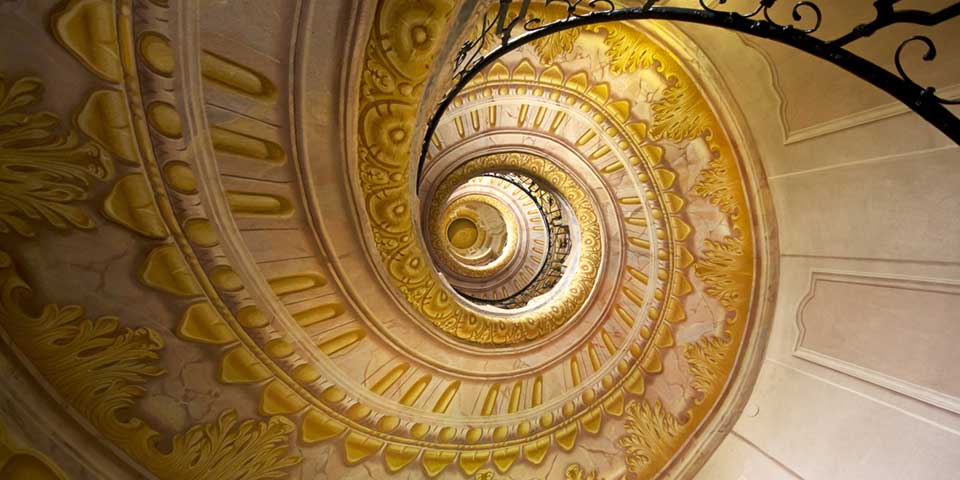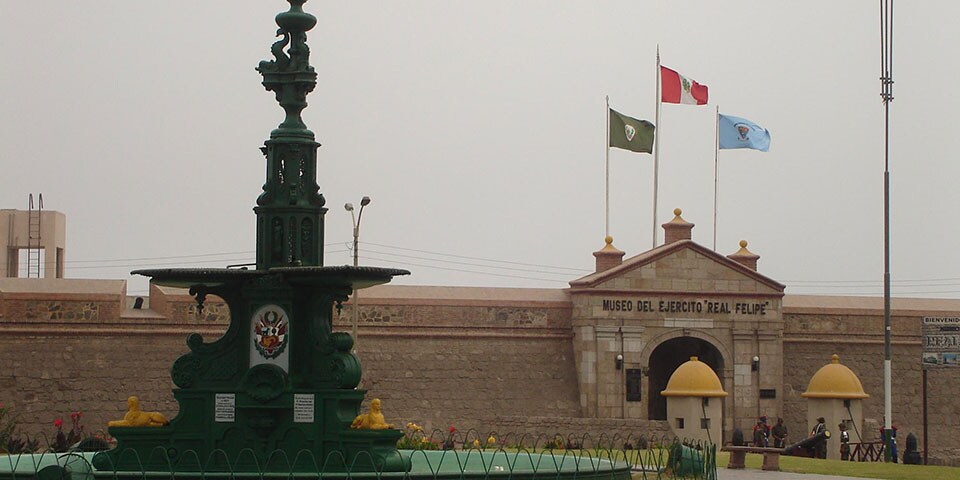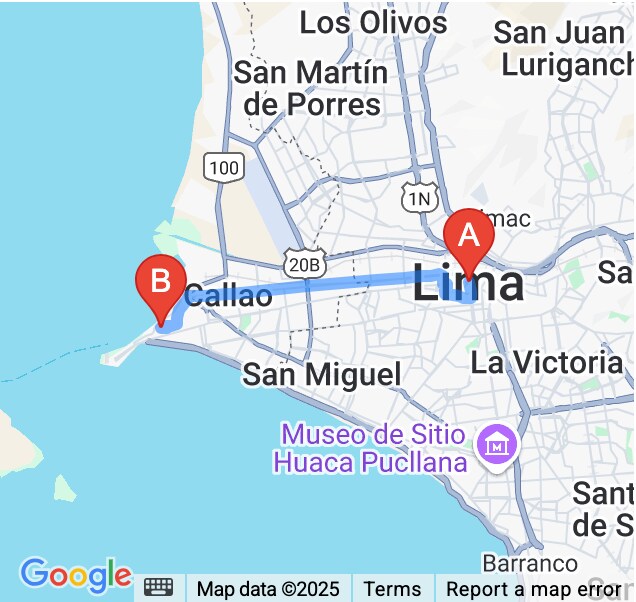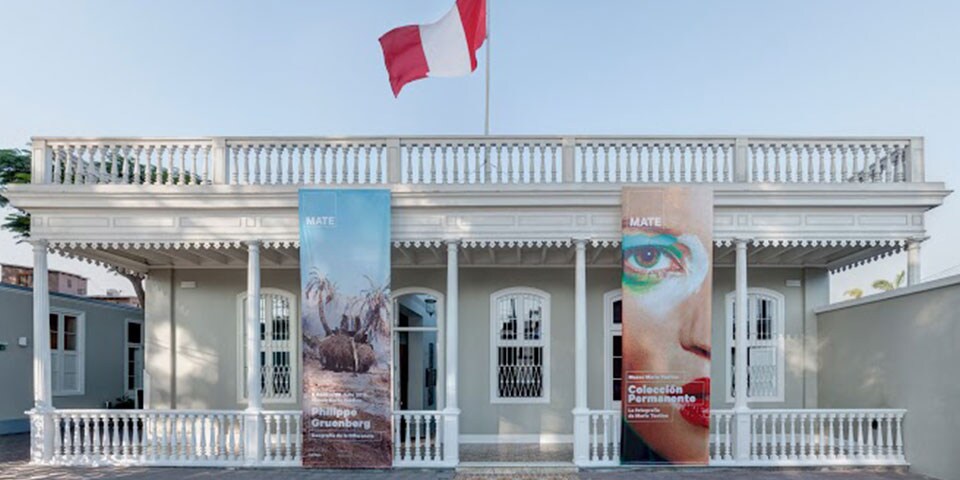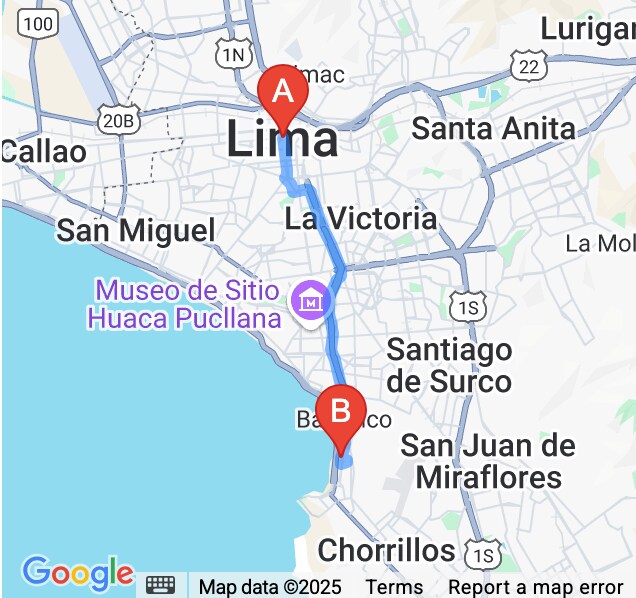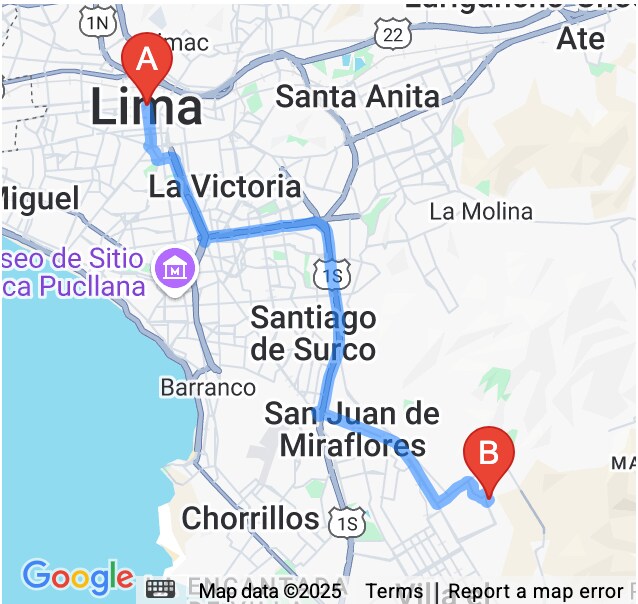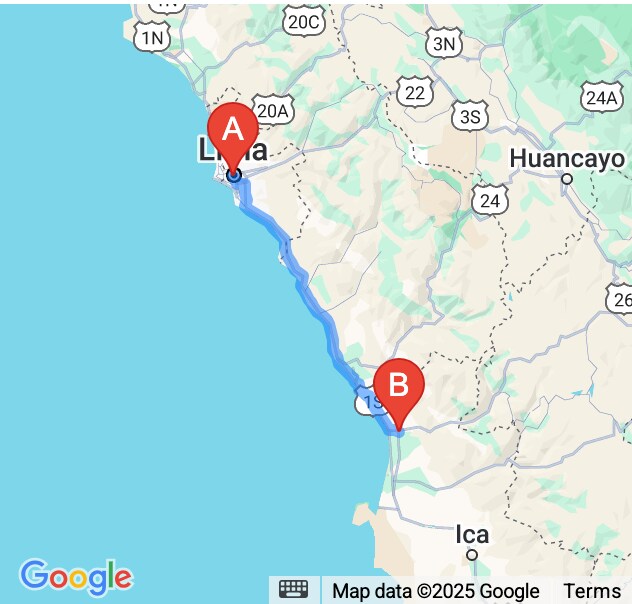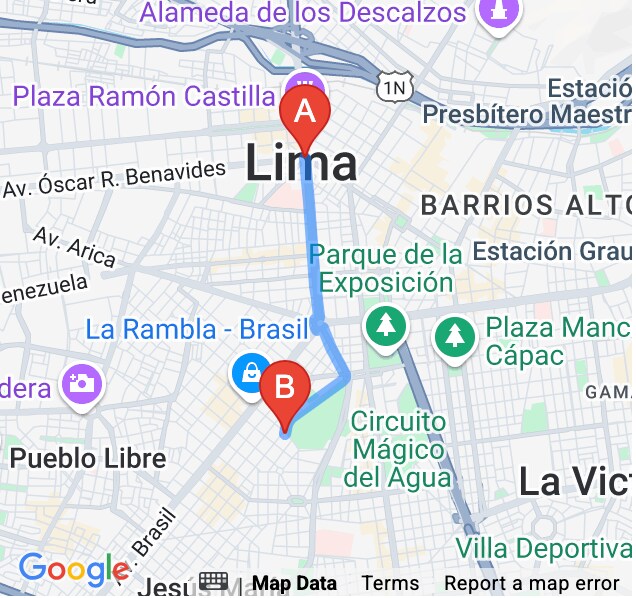Beyond Lima

REAL FELIPE FORTRESS
Situated in Callao, Lima’s main seaport, the Real Felipe Fortress was built to protect the capital during the turbulent colonial times of pirates and corsairs. The port was seen as the main connecting point between the colonies and Spain, but ironically was eventually used to resist the attacking Spanish who looked to recover Peru in the Peruvian War of Independence.
The tour of this historical site is well worth the price of admission, but be aware it's almost always in Spanish. Despite this, the fort itself still has the feeling of a working defence with over 1,000 soldiers stationed here and a full museum with uniforms, artillery and busts of Peru’s military heroes.
MUSEO MARIO TESTINO
Founded by the globally famous photographer Mario Testino in 2012, MATE’s sole aim is to raise the profile of Peruvian artists and culture. A not-for-profit organisation, the gallery has a programme of exhibitions, residencies and events, alongside a constant display of work by Mario himself, including his famous portraits of Diana, Princess of Wales.
Born in Lima in 1954, Testino uses a beautifully restored 19th-century mansion as the home of this project, which includes a café and a bodega, making it a perfect day out for the hungry photographer.
KUELAP

Kuelap is considered the largest stone ruin site in the New World. It consists of huge stone blocks that make up an impressive fortress, which sits proudly overlooking the Utcubamba Valley.
The building is associated with the Chachapoyas, also known as the "Warriors of the Clouds," a culture of Andean people who were strong rivals to the more popularly known Inca civilisation. Famous for being beautiful, they built Kuelap as a defence against other hostile groups but were eventually conquered, leaving the intriguing structures as the only testament to their time inhabiting Peru.
CHINCHA ALTA

Chincha is not a place for those looking for a relaxing road trip. This bustling city of glorious commotion is, on the surface, similar to any southern Peruvian town, but with a little research and effort, you’ll find this city isn’t everything it appears to be.
A central point of Afro-Peruvian culture, Chincha shows a fascinating side of Peru, including a range of restaurants offering criolla or coastal food and historical sights and learnings tracing back to the dark colonial times of slavery.
NAZCA

We know what you’re thinking: For a 6 hour 30 minute drive, this better be worth it. Our answer is a resounding yes. Nazca and its ancient geoglyphs are truly something every traveller must see in their lifetime.
Situated in the Peruvian desert, their meaning has been disputed for over 70 years with an observatory, religious ceremonies and even aliens being deemed the reason for the giant etchings. Different depictions — birds, fish, monkeys, or even human figures — number 70 or more and have earned the site a designation as a UNESCO World Heritage Site. It's truly a place of wonder and mystery.
